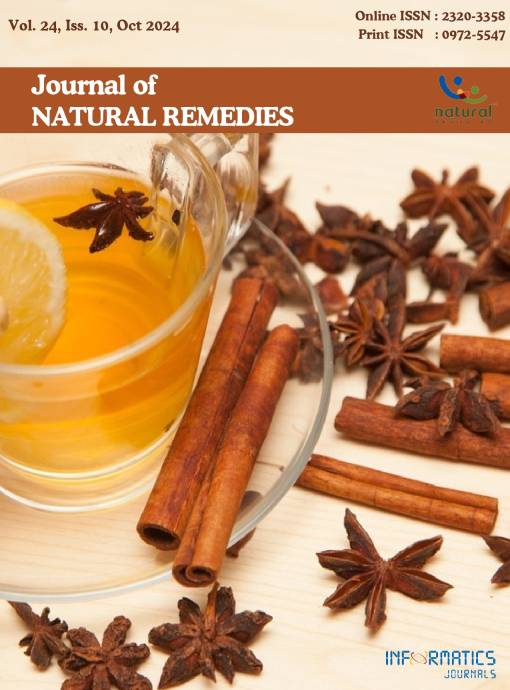Errata Title: Administration of Garlic Essential Oil Restored the Altered Enzymatic and Non-enzymatic Parameters and Pulmonary Histoarchitecture in Mice Subjected to Lead Nitrate
DOI:
https://doi.org/10.18311/jnr/2024/47095Keywords:
Allium sativum, Lead Nitrate, LungAbstract
The focus of the current research work was to unfold the therapeutic potential of Garlic Essential Oil (GEO) in altered oxidative stress, biochemical parameters and histoarchitecture of pulmonary tissue of mice intoxicated with the inorganic salt of Lead. Thirty six (36) mice were used in the experiment, and they were divided into 6 groups, with 6 mice in each group. The experimental groups were as: control/untreated, Lead Nitrate (LN), LN + low dose of GEO, LN + high dose of GEO, LN with standard drug (silymarin) and LN with vehicle olive oil. The total duration of the experimental study was of 30 days. The outcome of the study showed downstream levels of SOD, CAT, GPx, GSH and TPC and upstream levels of LPO, total level of cholesterol, LDH, ADH and GGT. Toxicant exposure also de-structured the pulmonary tissue and on the other side both low and high doses of GEO, standard compound silymarin and vehicle olive oil improved the altered enzymatic and non-enzymatic parameters and re-structured the distorted pulmonary tissue to a greater extent. Thus, it is concluded that GEO plays a vital role in imparting protection to lung tissue from lead poisoning.
Downloads
Metrics
Downloads
Published
How to Cite
Issue
Section
License
Copyright (c) 2024 Surabhi Gupta, Veena Sharma (Author)

This work is licensed under a Creative Commons Attribution 4.0 International License.

 Surabhi Gupta
Surabhi Gupta









 0.35
0.35 24
24 0.161
0.161